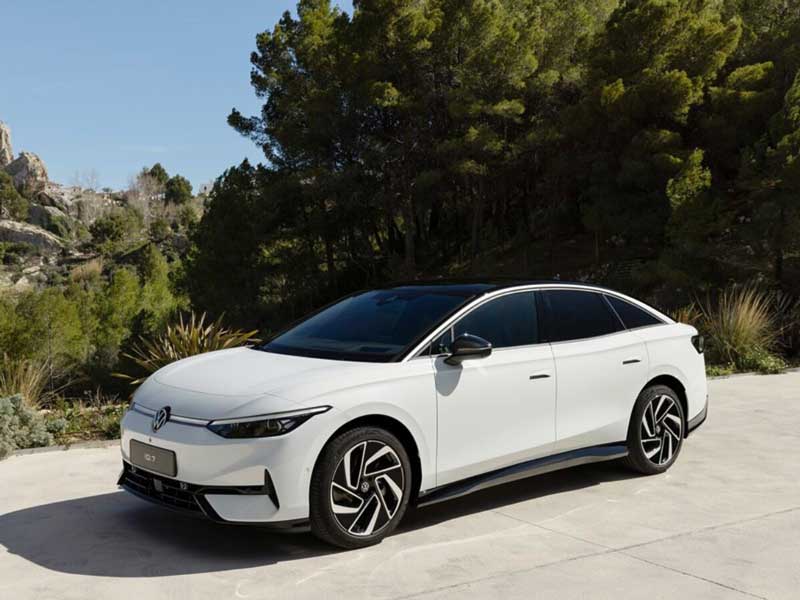Human beings have proven themselves to be good at a lot of different things, but still there remains very little that we do better than pursuing growth on a consistent basis. This tendency to improve, …
Human beings have proven themselves to be good at a lot of different things, but still there remains very little that we do better than pursuing growth on a consistent basis. This tendency to improve, no matter the situation, has fetched the world some pretty huge milestones, with technology emerging as quite a major member of the group. The reason why we hold technology in such a high regard is, by and large, predicated upon its skill-set, which guided us towards a reality that nobody could have ever imagined otherwise. Nevertheless, if we look beyond the surface for another second, it will become clear how the whole runner was also very much inspired from the way we applied those skills across a real world environment. The latter component, in fact, did a lot to give the creation a spectrum-wide presence and start what was a full-blown tech revolution. Of course, this revolution then went on to scale up human experience through some outright unique avenues, but even after achieving a feat so notable, technology will somehow keep on bringing forth the right goods. The same has turned more and more evident in recent times, and assuming a new automotive development pans out just like we envision, it will only put that trend on a higher pedestal moving forward.
Volkswagen has officially unveiled its all-new ID.7 electric sedan, as it gears up to take on a famous competitor in Tesla Model 3. According to certain reports, the new sedan comes with an 86kWh battery, allowing it to clock 700 kilometers of range based on the WLTP standard. However, the company is expected to provide one smaller alternative in a 77kWh battery, which should hit 615km of range. Another area where ID.7 will look to conceive optimal value would be around its design. This translates to the EV being built on VW’s modular electric drive matrix (MEB) that also undergirds other ID models, like the ID.4 and ID Buzz. Notably enough, the new electric sedan will even deliver at your disposal an ultra-low drag coefficient of 0.235, placing it right alongside some popular models like BMW14 and Mercedes Benz EQS. While it’s clearly rubbing shoulders with a few already-successful players, it’s important to consider how ID.7 stacks up against those previous ID models. The stated inquest should reveal its ability to take significantly higher charge than VW’s ID.4 crossover SUV, offering 170kW of DC fast charging to the latter’s 125kW. This gap will only grow bigger once the planned ID.7 Pro S arrives and rolls out a capacity of 200kW. Hold on, we aren’t done yet, as the sedan in question will further boast a more powerful drivetrain, with its horsepower reaching somewhere around 282.
Inside the vehicle, we have a augmented reality heads-up display. The 15-inch long central touchscreen will introduce you to a brand-new menu system that keeps heating and cooling controls as well as seat ventilation on display at all times. Staying on the temperature-related features, there are dedicated haptic sliders beneath the screen to manage temperature, and in case you are looking for that extra bit of utility, ID.7 also lets you access a heated steering wheel, something the driver can activate through a simple voice command.
Rounding up the specification is the car’s 195.3 inches length, 73.3in width, and a 532 liter luggage compartment, with all the said features working in conjunction to make it look longer and taller than a Tesla Model 3.




